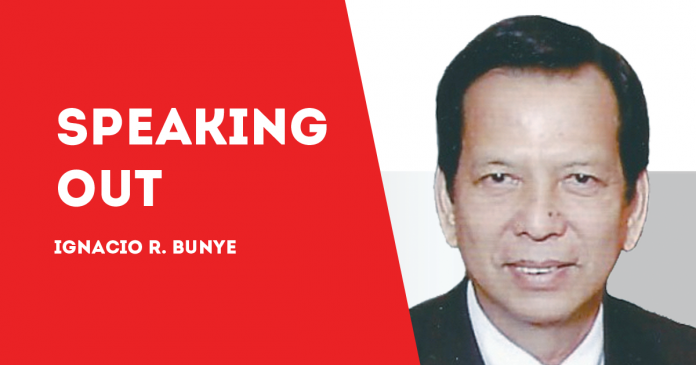
IN 1981, an extraordinary discovery was made in the province of Surigao, unearthing a treasure trove of pre-colonial gold artifacts. This significant find marked a pivotal moment in the recognition and preservation of the Philippines’ rich cultural heritage.
As expected, the discovery triggered a mad scramble for the treasure. Fortunately, after the objects spread out among various pothunters and dealers, they often found their way back together among a very small pool of buyers. Many ended up at the Central Bank, which at the time was led by Governor Jaime Laya, an avid art collector who appreciated the value of the artifacts. Many were also bought by Cecilia Locsin and her husband Leandro Locsin, a National Artist for architecture and fellow avid collector. The Locsin collection was later entrusted by the family to the Ayala Museum. (By the way, the original Ayala Museum building was among the many national land marks designed by the National Artist.) If not for Governor Laya and the Locsins, much of the cache would have likely been melted down and sold simply for the market value of the gold — a fate that has befallen many ancient Philippine treasures.
Last Thursday, these once-dispersed gold objects were brought together for the first time in a single exhibition at the Ayala Museum, aptly titled “Reuniting the Surigao Treasure.” This remarkable exhibit is made possible by a generous loan from the Bangko Sentral ng Pilipinas (BSP) until 2027, enhancing the Ayala museum’s permanent “Gold of Ancestors” display by incorporating 38 select items from the BSP’s collection.
The Surigao artifacts, dating back to the 10th century, include a dazzling array of regalia, jewelry, ceremonial weapons, funerary masks, and mythological figures. These pieces highlight the exceptional craftsmanship of our forebears, blended with influences from Hindu and Buddhist motifs. They reflect the Philippines’ extensive maritime trade and cultural connections within Southeast Asia, underscoring the region’s historical significance as a hub of sophistication and wealth.
The exhibition offers a glimpse into a “golden age” of the Philippines, long before the arrival of Magellan. Unlike the monumental architecture favored by other ancient civilizations, our pre-colonial ancestors expressed their wealth through exquisite gold artifacts, a practical choice in an earthquake-prone area. The exhibit emphasizes the sophisticated culture and trading networks that existed, correcting cultural amnesia and promoting a deeper appreciation of our country’s history.
Institutions like the Ayala Museum, represented by Ayala Foundation Chair Fernando Zobel de Ayala and the BSP, represented by Governor Eli Remolona, have played crucial roles in protecting and sharing these cultural treasures. The “Reuniting the Surigao Treasure” exhibition stands as a testament to their efforts and cooperation, making these artifacts accessible to the public and promoting a richer understanding of our history.
The exhibition aims to inspire Filipinos by showcasing the achievements of our ancestors, encouraging us to aspire for greatness. It also offers an invaluable opportunity for new research, inviting scholars and enthusiasts to delve deeper into the historical significance of the Surigao region.
This significant exhibition coincides with the 50th anniversary of both the Ayala Museum and the BSP Museum as well as marking a milestone in their mission to empower Filipinos through a deeper understanding of our traditions, art, history, and culture. As we celebrate this gold (pun intended) anniversary, we are reminded of the enduring legacy of our ancestors and the boundless potential of our nation.
“Reuniting the Surigao Treasure” is more than an exhibition; it is a celebration of the Philippines’ rich cultural heritage, a testament to the resilience and ingenuity of our forebears, and a beacon of inspiration for future generations. (totingbunye2000@gmail.com)



